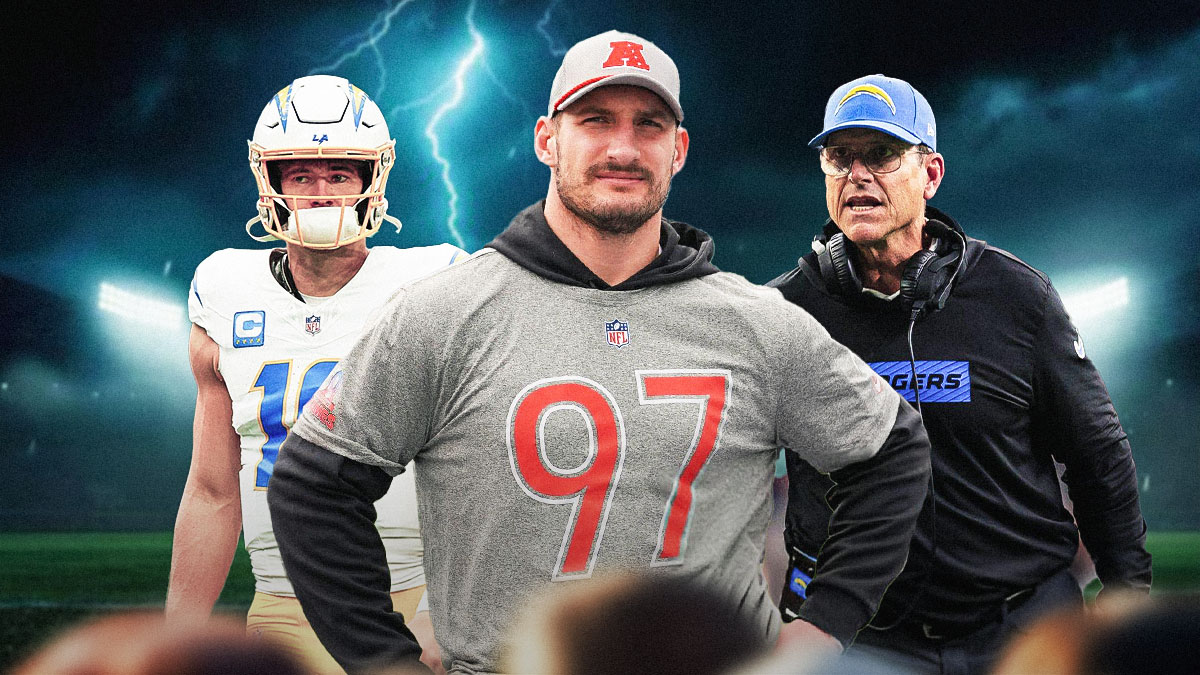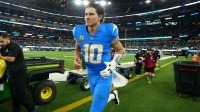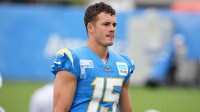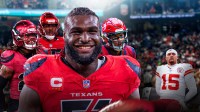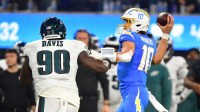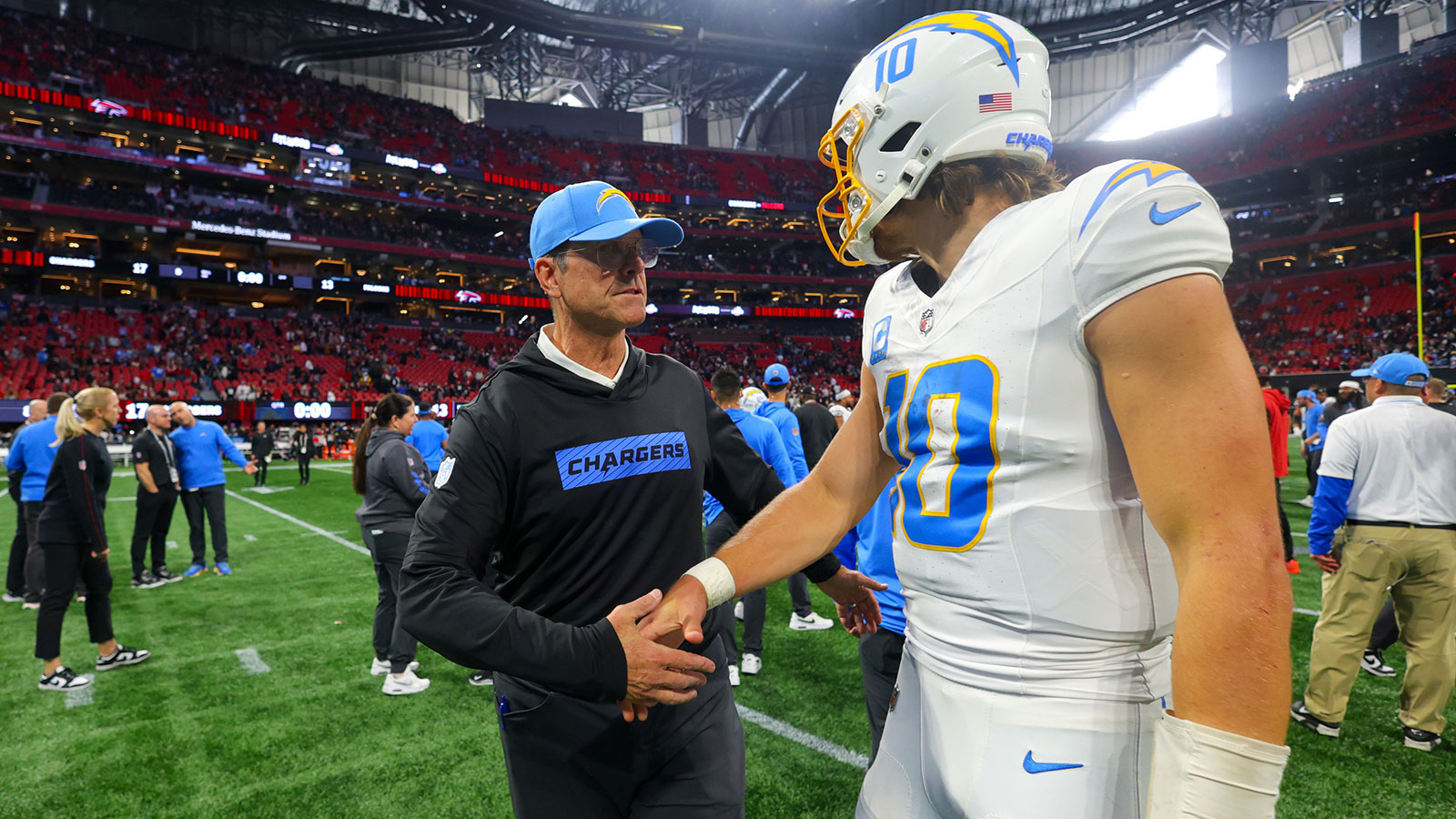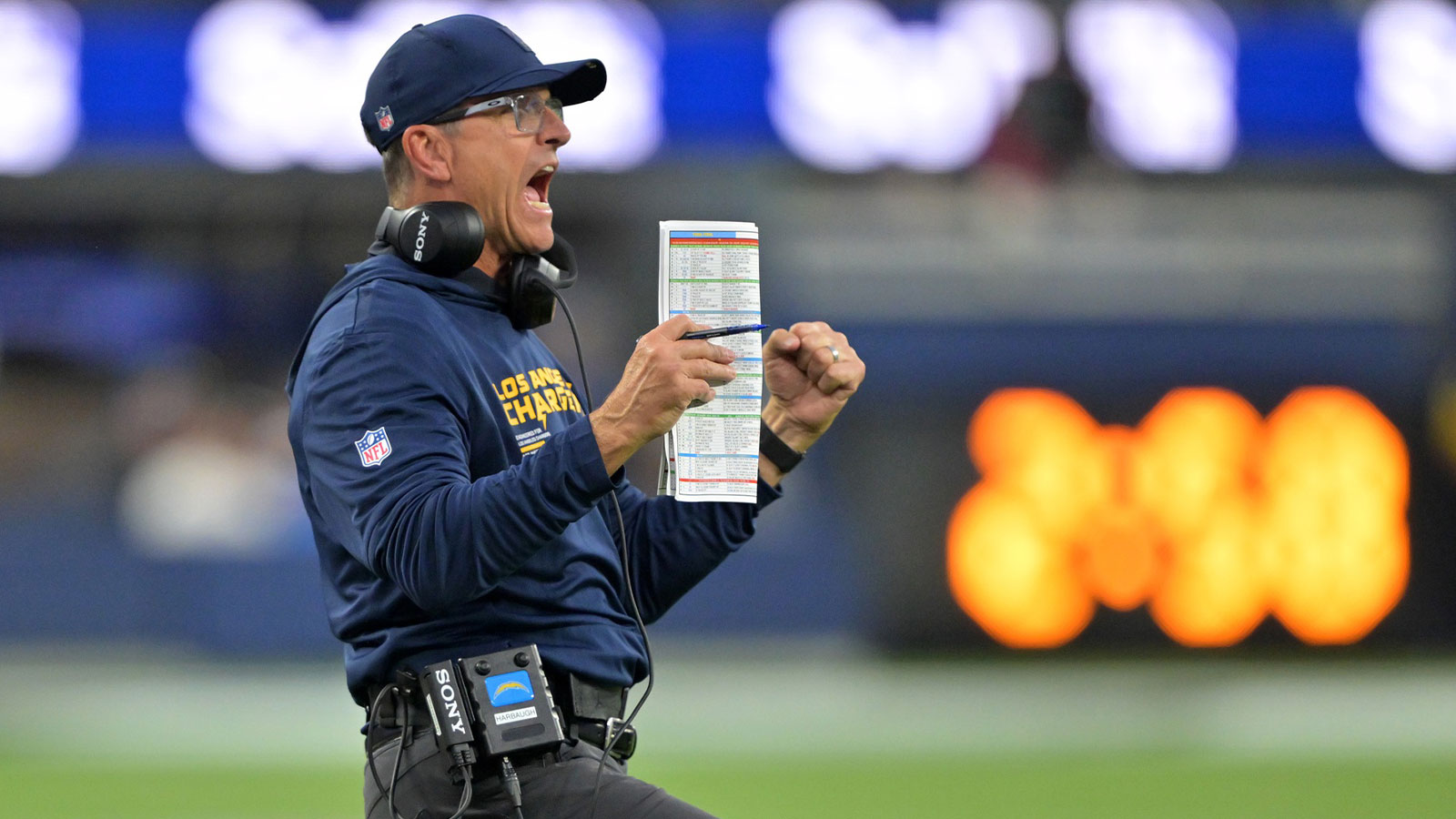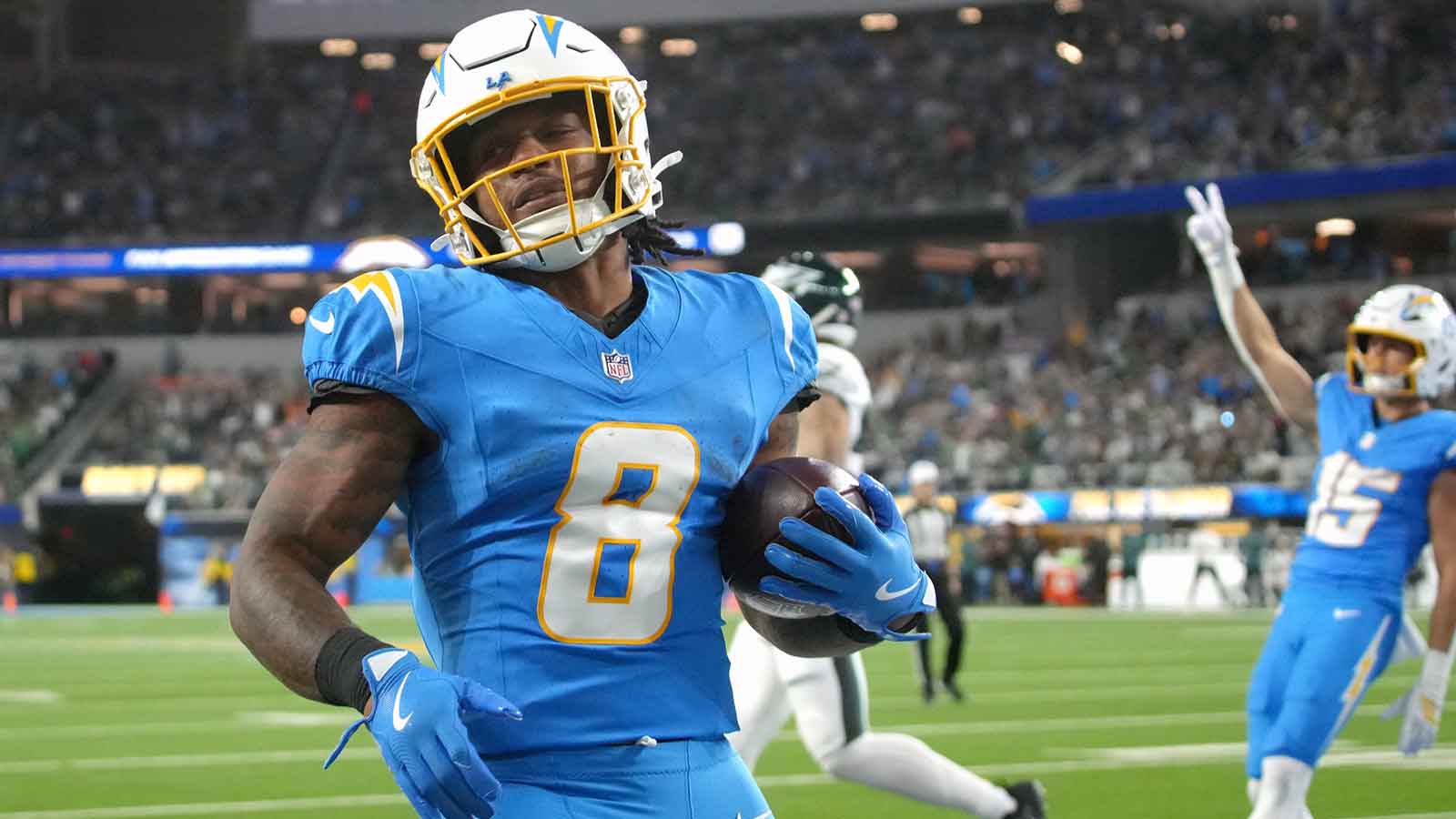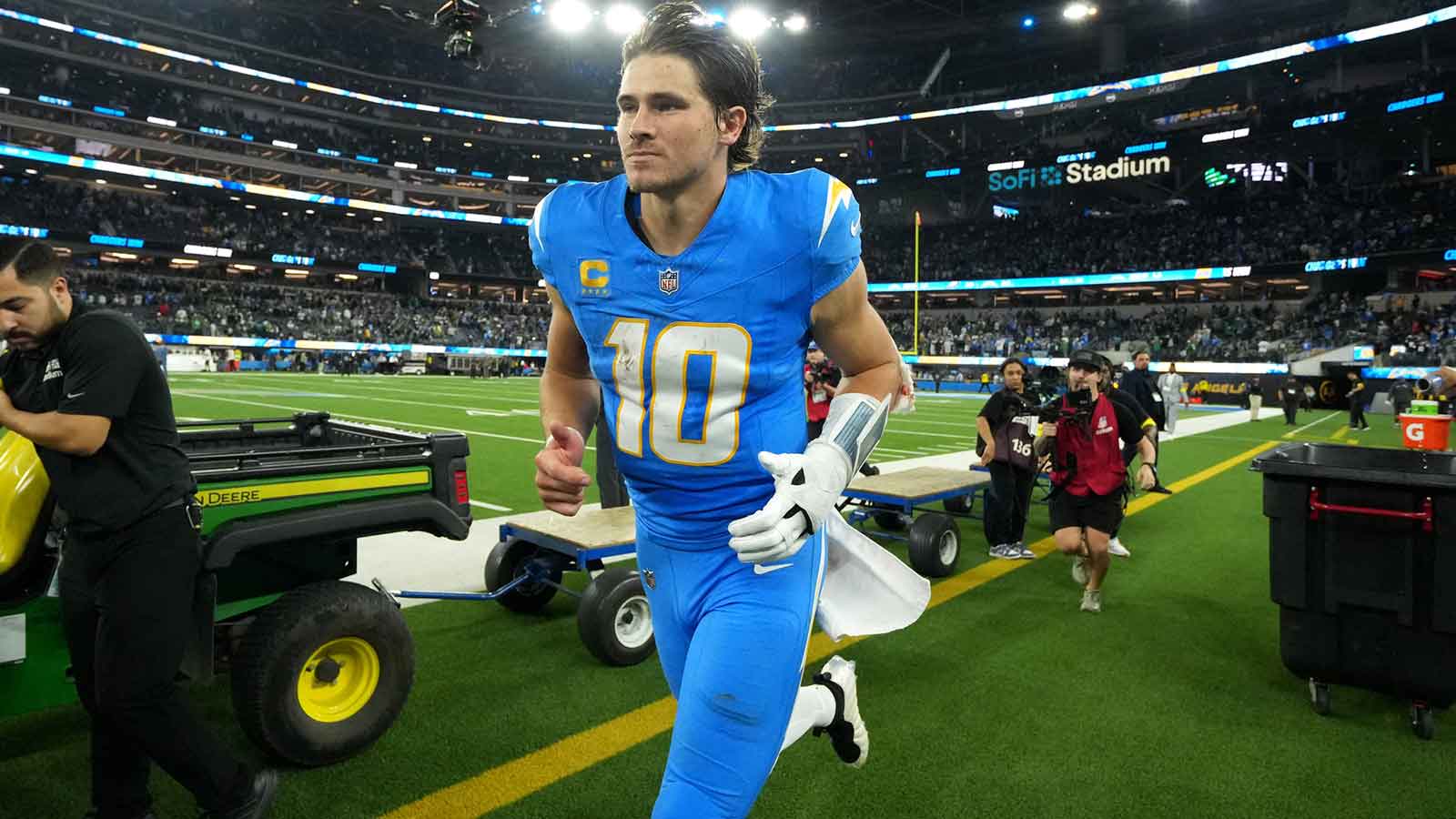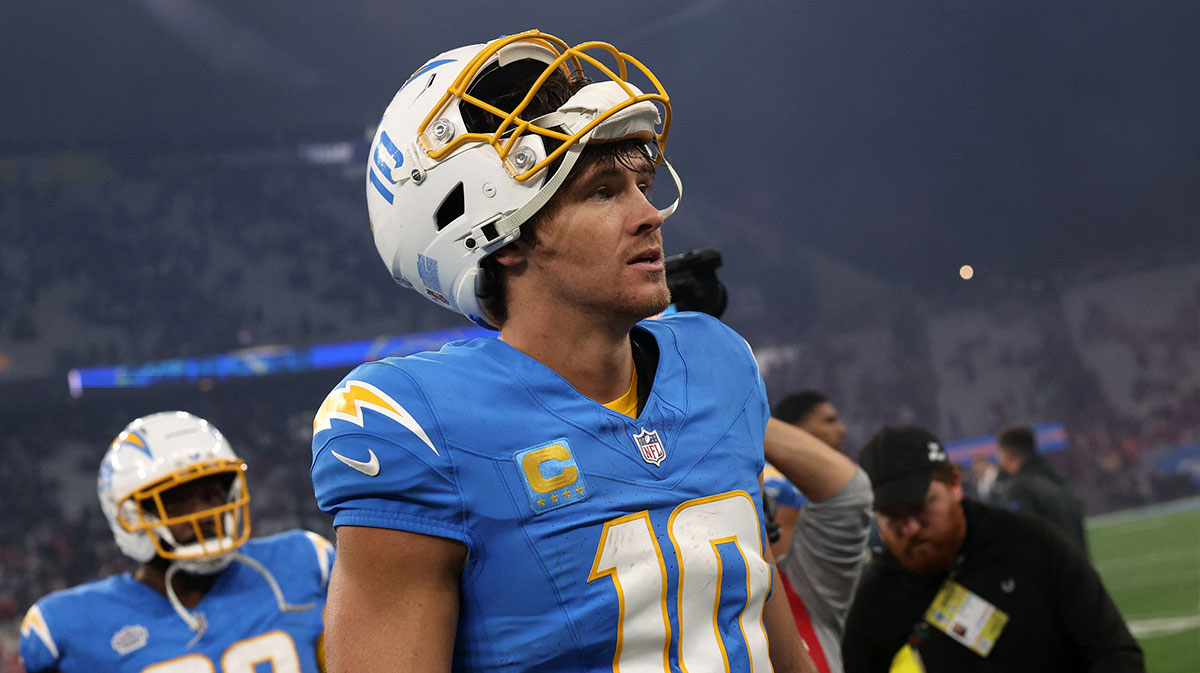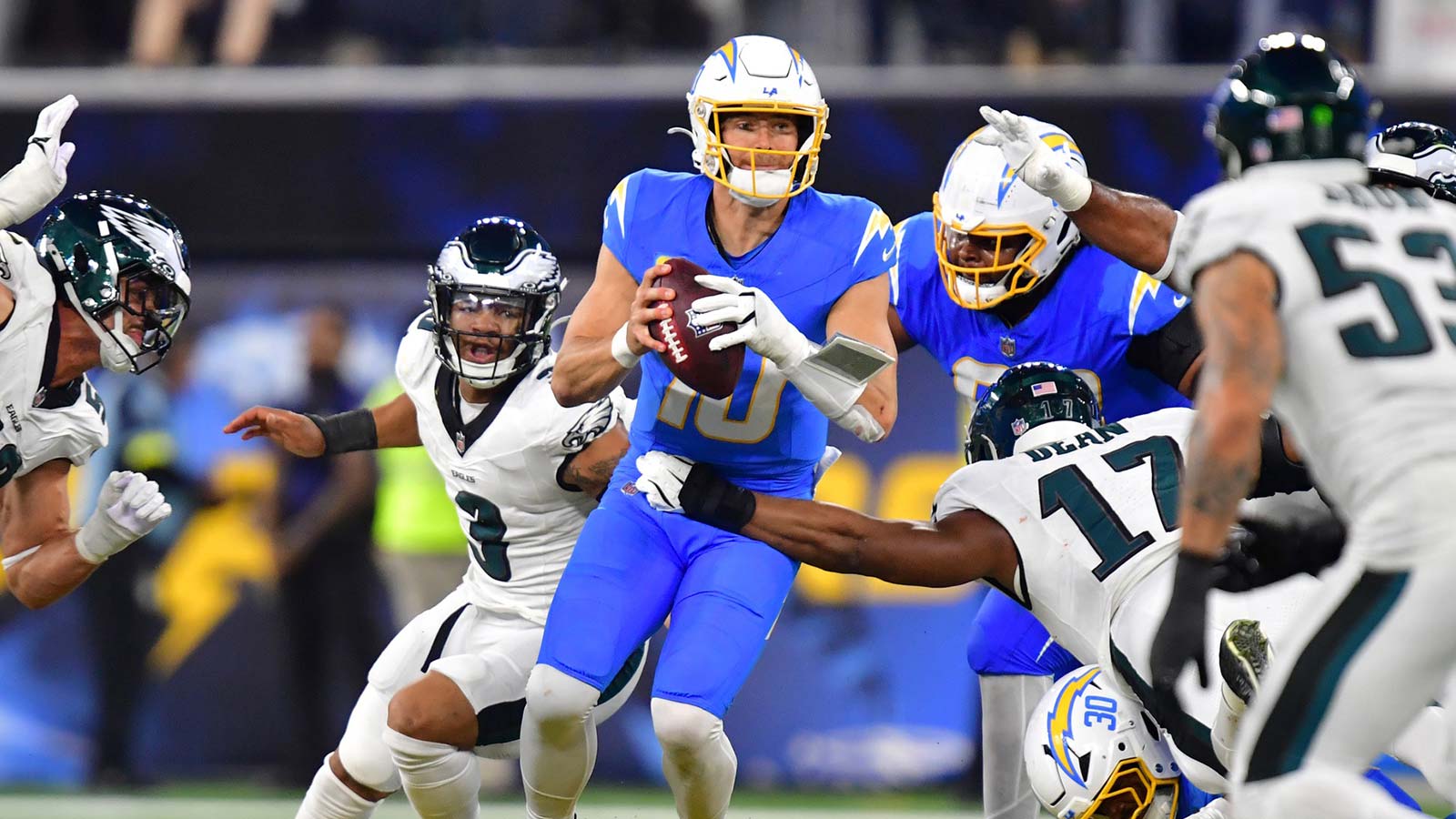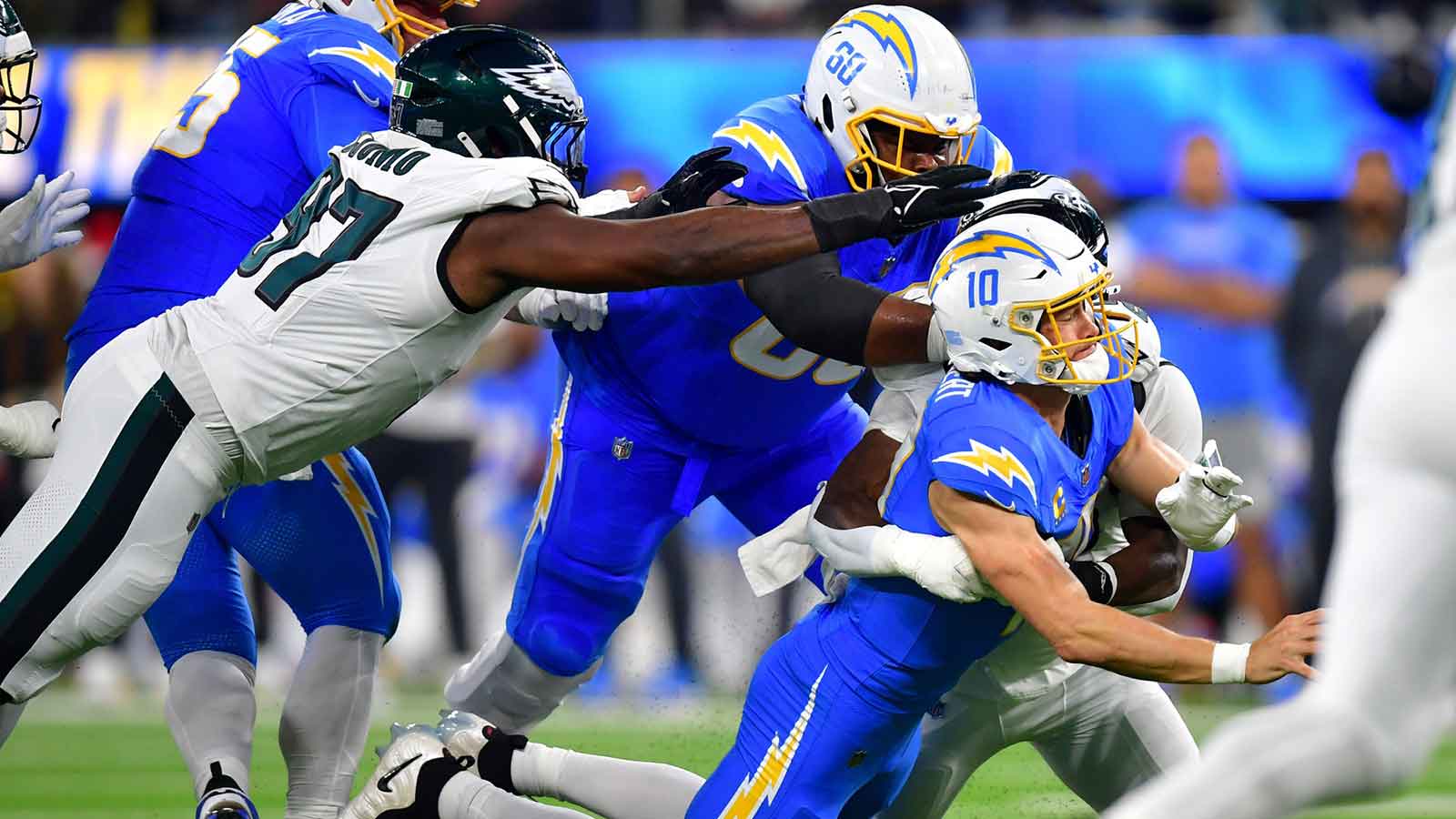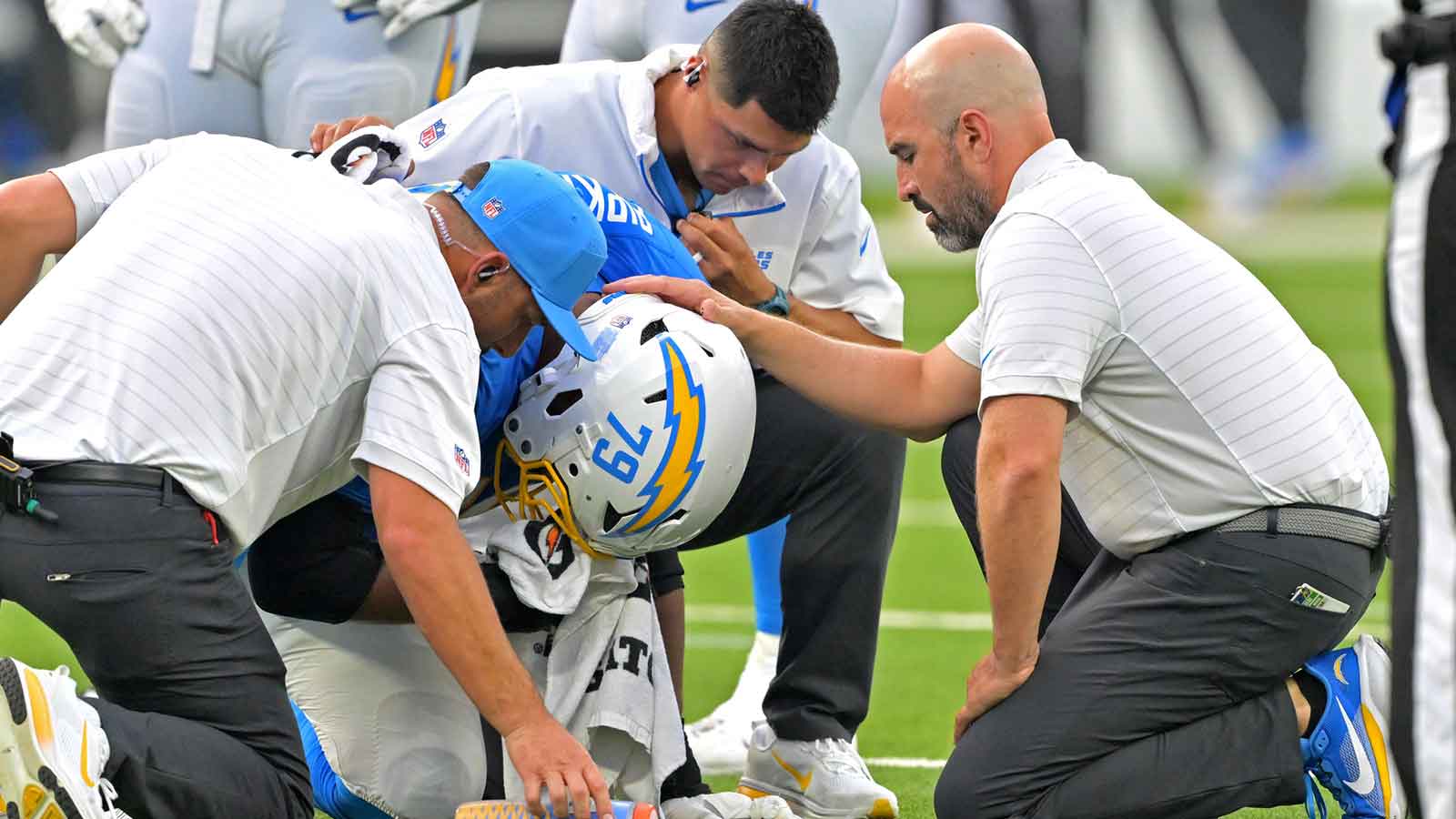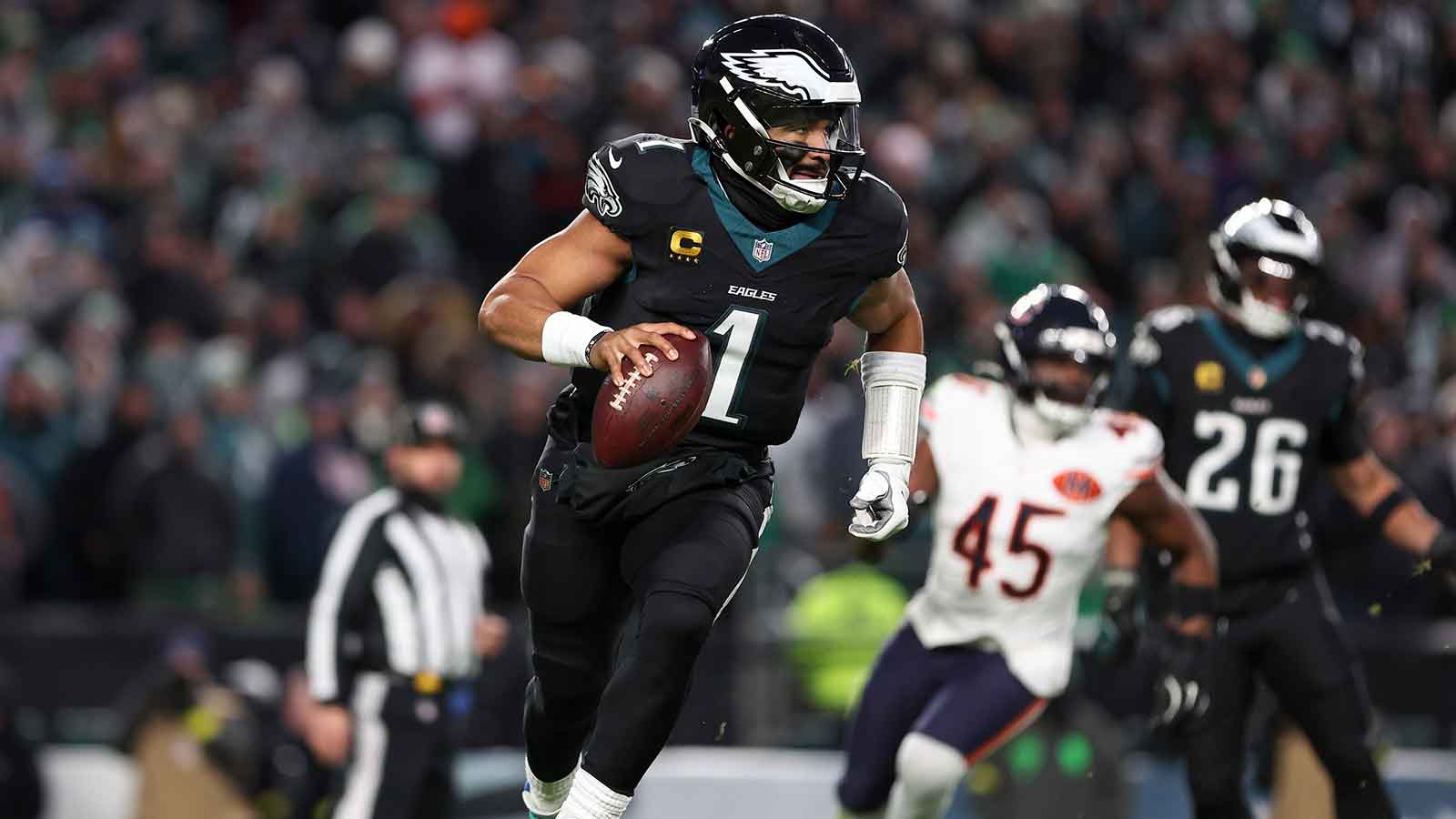In his first season at the helm, coach Jim Harbaugh delivered something Chargers fans had long been waiting for—playoff football. They saw a reenergized team and an identity grounded in physicality. The Chargers punched their ticket to the postseason and restored hope for a franchise stuck in mediocrity. Harbaugh’s signature mix of power football, discipline, and aggressive defense brought new life to the locker room. 2025 was supposed to be the year this team took the next step.
However, while momentum is on their side, the Chargers’ front office made a few curious moves. More accurately, they had non-moves this offseason. One of those could significantly threaten their trajectory.
Bolstering the Offense, Rejiggering the Defense
After making the playoffs in Harbaugh’s first season as head coach, there’s plenty of excitement around the Chargers for 2025 and beyond. That said, you have to wonder if they did enough this offseason to maximize their winning window.
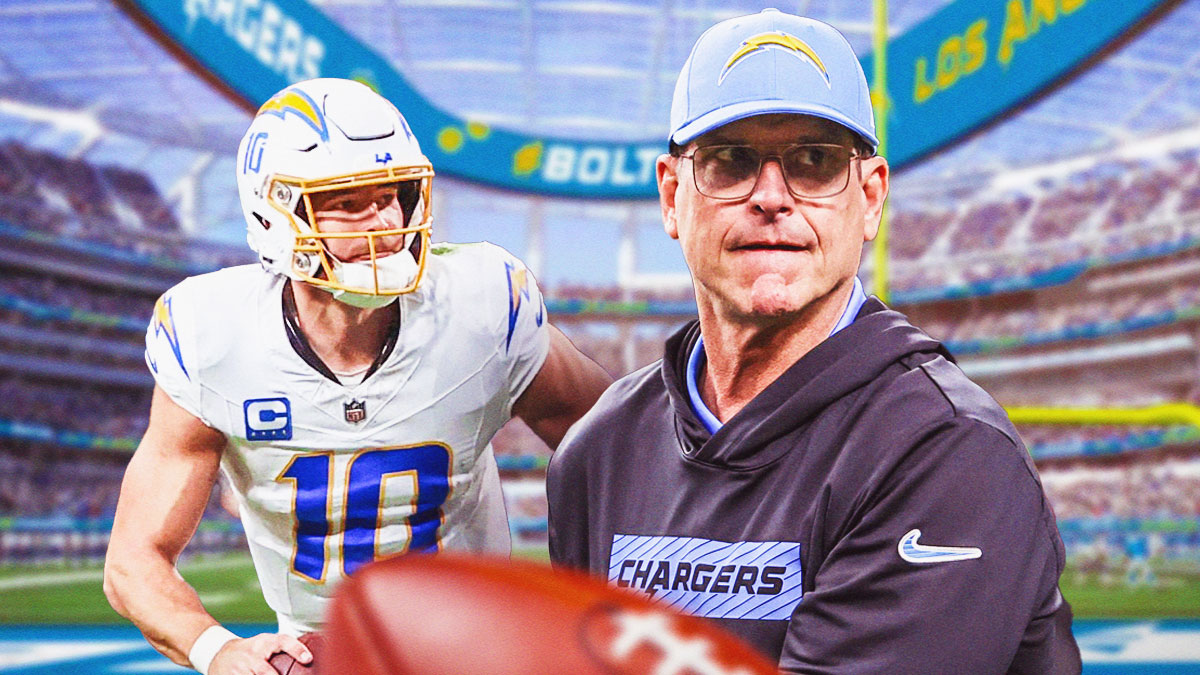
Re-signing Teair Tart and Khalil Mack were smart moves. That's especially true considering they would release Joey Bosa and lose Poona Ford and Morgan Fox to free agency. After finishing among the top defensive units last season, the Chargers now face the daunting task of replacing multiple front-line contributors. That also puts pressure on rookies Kyle Kennard and Jamaree Caldwell to step up early in their careers.
Where Los Angeles could take a step forward is on the offensive side of the ball. They averaged just 4.1 yards per carry (24th in the NFL) and a disappointing 2.67 yards after contact per rush (27th) last season. That’s why they brought in not one, but two new backs. They got free agent Najee Harris and first-round pick Omarion Hampton. Harbaugh and offensive coordinator Greg Roman are betting big on restoring a power run game reminiscent of Harbaugh’s days in San Francisco and Michigan.
The Chargers also added intriguing receiving options: Tre Harris, KeAndre Lambert-Smith, and Oronde Gadsden II. They should complement second-year standout Ladd McConkey. With these pieces in place, quarterback Justin Herbert has more weapons than ever. The offense looks poised to improve in 2025. However, that may not be enough to offset what was lost on the other side of the ball.
Here we'll try to look at the riskiest move that the the Los Angeles Chargers executed in the 2025 NFL offseason.
The Riskiest Move
The decision that could haunt the Chargers this season wasn’t who they added, but who they let go—and failed to replace.
Joey Bosa may have struggled with injuries in recent years. That said, when healthy, he remained one of the most disruptive edge defenders in football. Letting him go to create cap space wasn’t inherently the problem. The riskiest move was what came (or didn’t come) after. Despite holding a premium first-round pick, the Chargers passed on elite edge rusher James Pearce Jr in the draft. They opted instead for running back Omarion Hampton.
That’s not just a philosophical misalignment—it’s a strategic risk. In an offseason where the Chargers talked at length about building from the trenches, passing on pass-rushing help for another back felt like a misfire. Yes, the team did re-sign Mack, and yes, Kennard brings an 80.7 PFF pass-rushing grade from college. Still, relying on a fourth-round rookie and a 33-year-old veteran to replace a former All-Pro in Bosa? That’s a major roll of the dice.
Swapping Out Stability for Uncertainty
If the edge situation wasn’t already cause for concern, the Chargers also introduced instability into the secondary. They parted ways with both Asante Samuel Jr and Kristian Fulton. Afterwards, they brought in Donte Jackson and Benjamin St-Juste. Those are two players with PFF coverage grades under 47 last season.
Sure, second-year players Tarheeb Still and Cam Hart showed flashes in 2024. However, the reality is that this cornerback group is thin on proven production. In Jesse Minter’s first year as defensive coordinator, the Chargers finished No. 1 in success rate and sixth in EPA per play. That success was built on cohesion, chemistry, and discipline. Now, Minter is tasked with replicating that with a group full of question marks.
This isn’t to say it’s impossible, of course. That said, it does leave very little margin for error in a loaded AFC where one breakdown can be the difference between 10 wins and a missed postseason.
High Risk, High Reward
The defensive front is also banking heavily on unproven talent. The departure of Ford leaves a gap in interior disruption. Sure, Teair Tart is back. However, the Chargers will need Day 2 pick Jamaree Caldwell and reclamation project Da'Shawn Hand to hit the ground running.
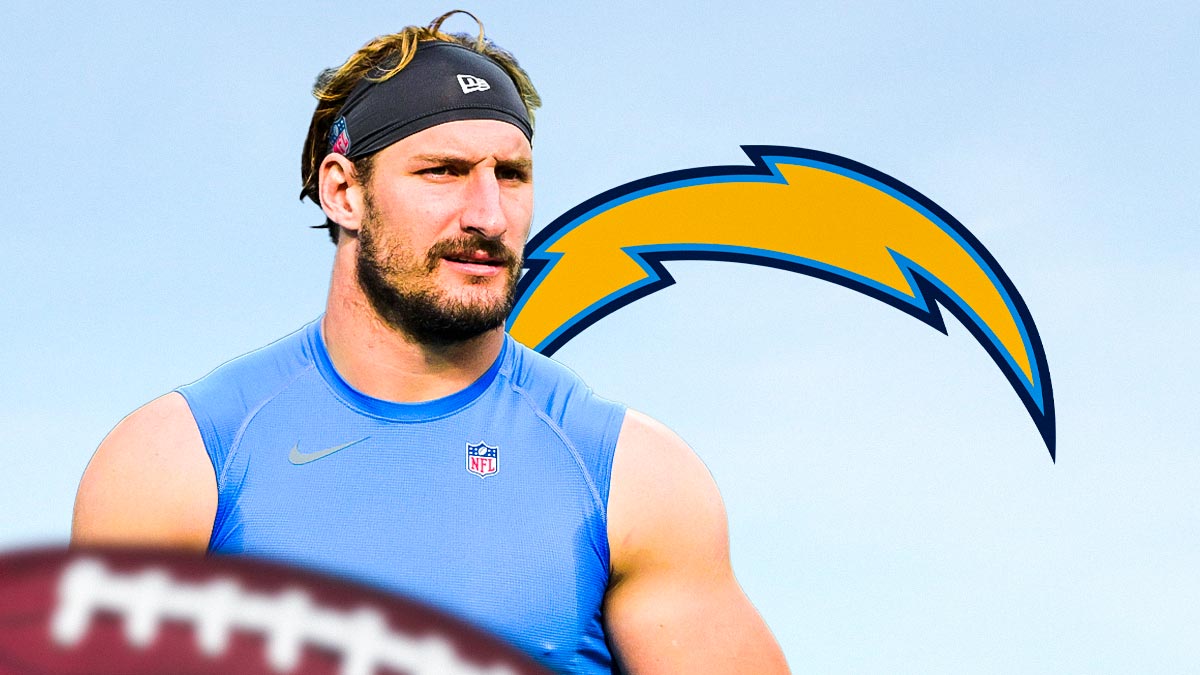
Minter might be capable of elevating his players, though. I mean, he did so last year with remarkable success. Still, asking him to do it again with a mostly rebuilt front seven is a tall task. Especially in a division where Patrick Mahomes, CJ Stroud, and Sean Payton all lurk on the schedule.
Defense Could Derail a Promising Run
The Chargers made meaningful additions this offseason, especially on offense. That's where Harbaugh and Roman are clearly molding the team in their vision. However, the failure to replace Joey Bosa, the decision to downgrade at cornerback, and the reliance on rookies to fill major roles on the defensive line? That’s a potent cocktail of risk.
This is still a playoff-caliber roster with a franchise quarterback and a coach who knows how to win. On the flip side, unless the defense finds a way to match—or at least approximate—its 2024 form, the Chargers could find themselves stuck in a shootout every Sunday.
And if that happens, the riskiest move of the offseason won’t just be a strategic miss. It could be the reason why a promising contender fails to launch.

